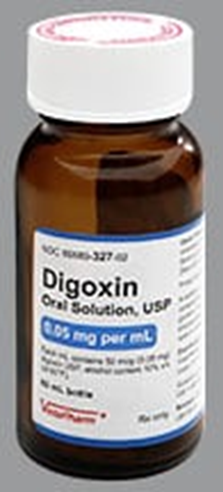A nurse in a long-term care facility is collecting data from an older adult client. Which of the following findings indicates that the client might be dehydrated?
Recent onset of confusion
Cool, clammy skin
Decrease in pulse rate
Increase in blood pressure
The Correct Answer is A
Choice A: This is correct. Dehydration can cause electrolyte imbalance and affect the brain function, leading to confusion, dizziness, or lethargy.
Choice B: This is incorrect. Cool, clammy skin is a sign of shock, not dehydration. Dehydration can cause dry, warm skin.
Choice C: This is incorrect. Decrease in pulse rate is a sign of bradycardia, not dehydration. Dehydration can cause increase in pulse rate as the body tries to compensate for the low blood volume.
Choice D: This is incorrect. Increase in blood pressure is a sign of hypertension, not dehydration. Dehydration can cause decrease in blood pressure as the blood volume drops.
Nursing Test Bank
Naxlex Comprehensive Predictor Exams
Related Questions
Correct Answer is B
Explanation
Choice A reason: Blurred vision is not an expected side effect of digoxin, but a sign of digoxin toxicity, which requires immediate medical attention.
Choice B reason: This is the correct answer because digoxin can cause hypokalemia (low potassium levels), which increases the risk of digoxin toxicity. Therefore, clients taking digoxin need to have their potassium levels monitored regularly and consume foods rich in potassium.

Choice C reason: Antacids can interfere with the absorption of digoxin and reduce its effectiveness. Clients taking digoxin should avoid taking antacids within two hours of taking the medication.
Choice D reason: Weighing oneself every other day is not related to digoxin therapy, but to fluid balance. Clients with heart failure, who are often prescribed digoxin, need to monitor their weight daily and report any significant changes to their health care provider.
Correct Answer is B
Explanation
Choice A reason: Pupillary dilation is not a sign of opioid toxicity, but rather of opioid withdrawal or stimulant overdose. Opioid toxicity causes pupillary constriction or miosis.
Choice B reason: Hypotension is a sign of opioid toxicity sign of opioid toxicity, as opioids can depress the central nervous system and reduce cardiac output and peripheral resistance.
Choice C reason: Chest pain is not a sign of opioid toxicity, but rather of cardiac ischemia or infarction, which can be caused by cocaine or other stimulants.
Choice D reason: Diaphoresis is not a sign of opioid toxicity, but rather of opioid withdrawal or hyperthermia, which can be caused by ecstasy or other stimulants.

Whether you are a student looking to ace your exams or a practicing nurse seeking to enhance your expertise , our nursing education contents will empower you with the confidence and competence to make a difference in the lives of patients and become a respected leader in the healthcare field.
Visit Naxlex, invest in your future and unlock endless possibilities with our unparalleled nursing education contents today
Report Wrong Answer on the Current Question
Do you disagree with the answer? If yes, what is your expected answer? Explain.
Kindly be descriptive with the issue you are facing.
